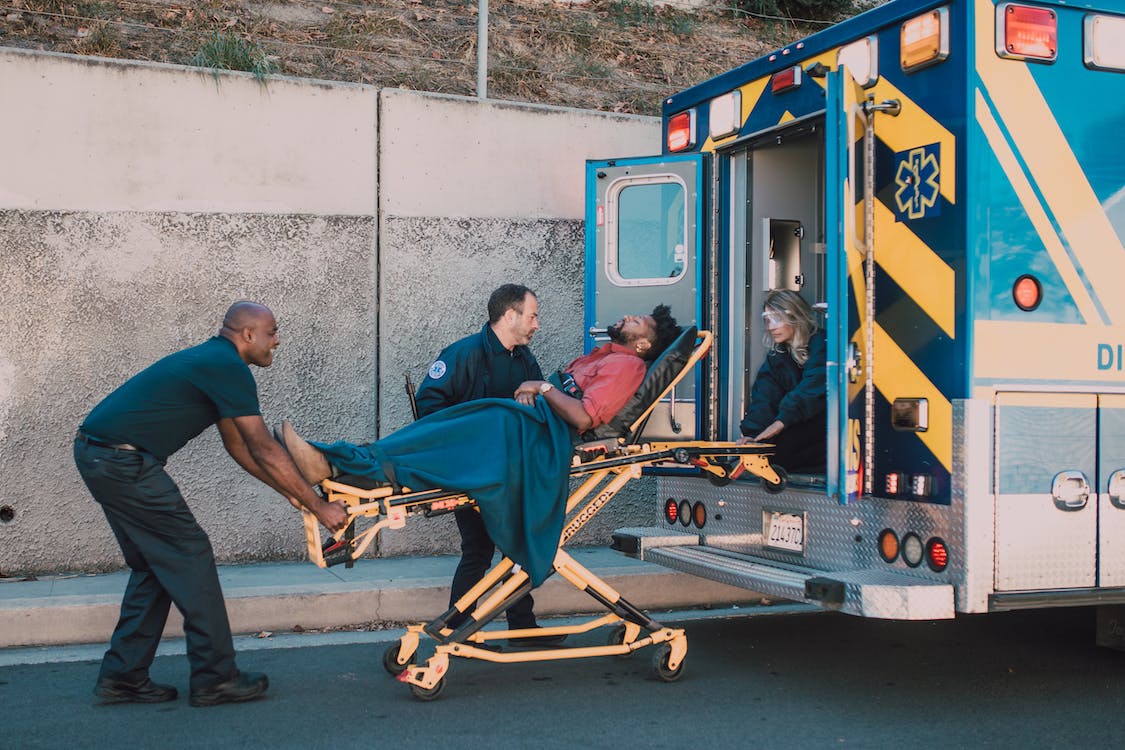If you were involved in a car accident in Stockton, California, you should first and foremost prioritize your health before considering legal action. Once you are transported to the hospital and get well enough, you should then consider contacting a car accident lawyer In Stockton to help you with your…
Author: Epomedicine
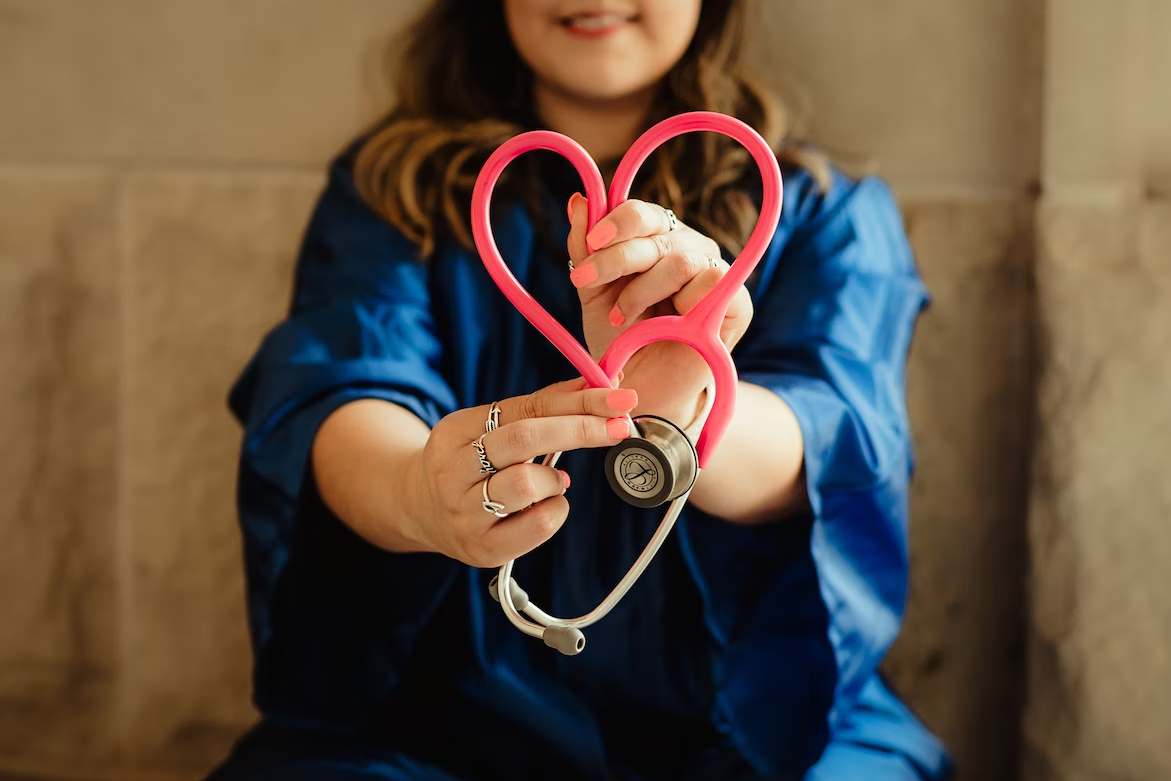
Types of Nursing Specialties: 5 Fast-Growing Nursing Fields
Nursing is an ever-evolving field with many opportunities for growth and advancement in specialty areas. With the increasing demand for healthcare, a growing number of nursing specialties require specialized training to meet the needs of patients. This article will explore four rapidly growing nursing fields. Family Nurse Family nursing is…
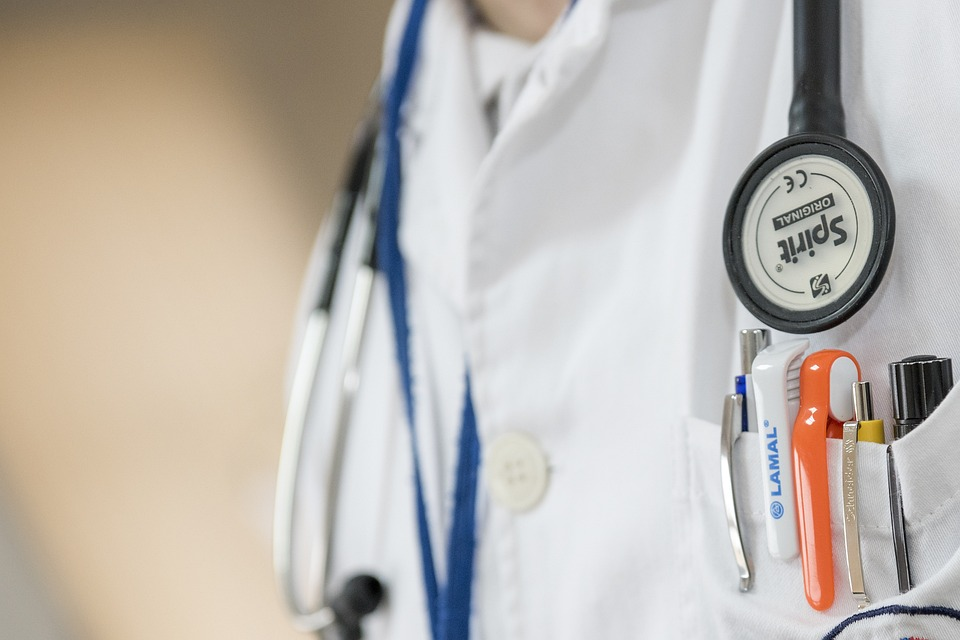
5 Ways to Gain Professional Nursing Experience
Being in school and studying hard is essential as is getting practical experience. Learning from real-life scenarios can help make future tasks more accessible and comfortable. Here are ways to gain realistic nursing skills while gaining the academic education you need for long-term career success. Volunteering at a hospital or…

5 Ways to Improve Your Professional Healthcare Career
With the medical field constantly changing, managing professional growth can be challenging, but there are specific steps you can take to help boost your professional healthcare career and reach new heights of success. This post will provide you with easy ways to improve your current role in the medical sphere…
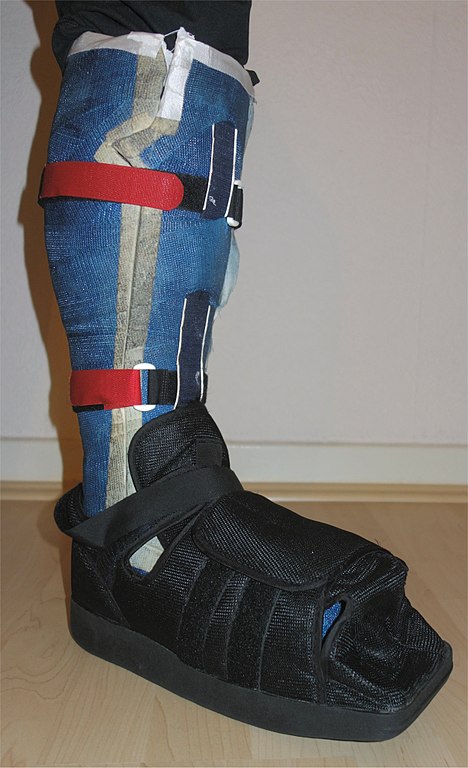
Total Contact Cast (TCC) – Principles and Technique
Total contact cast (TCC) is a modification of traditional below knee plaster with minimal padding, covering to protect toes, and molding to the contour of the foot and leg so that there’s no movement withing the cast. Indications of Total Contact Cast Contraindications of Total Contact Cast 1. Absolute: 2….
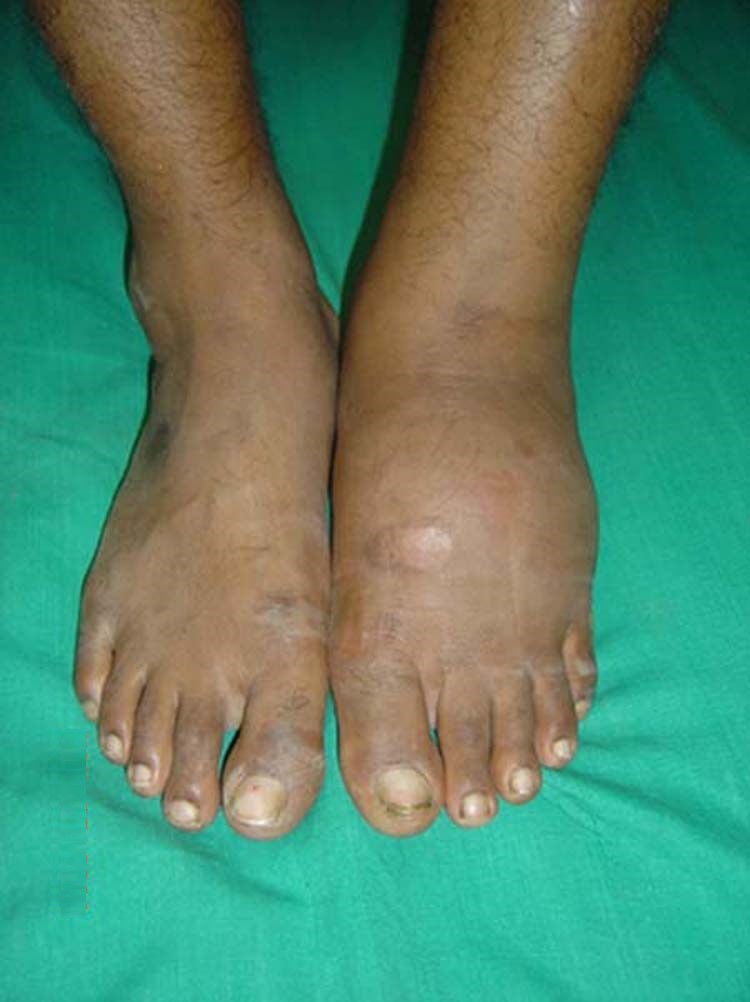
Charcot Arthropathy : Mnemonics
Causes of Charcot Arthropathy Mnemonic: 10 S 3 Theories of Charcot Arthropathy a. Neuro-traumatic: Damage to sensory feedback → Repeated microtrauma → Release of proinflammatory cytokines → Bone resorption b. Neuro-vascular: Change in vascularity caused by dysregulation of vasomotor and trophic nerve supply c. Neuro-inflammatory: Abnormal persistence of inflammatory response…
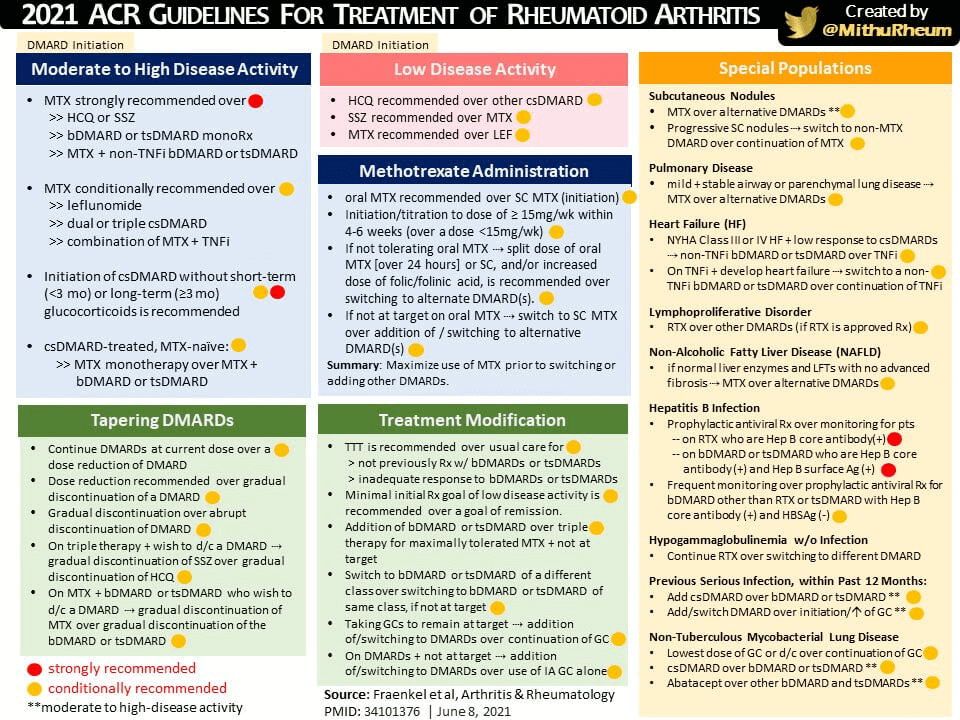
Rheumatoid Arthritis – ACR 2021 Guidelines: Summary
Among various methods of measuring disease activity in rheumatoid arthritis, we will be discussing Clinical Disease Activity Index (CDAI). CDAI = TJC(28) + SJC(28) + PGA(10) + EGA(10) Interpretation of CDAI: CDAI Score Range Disease Severity ≤ 2.8 Remission > 2.8 – 10.0 Low > 10.0 – 22.0 Moderate >…

Methotrexate : Mnemonic
Methotrexate is a dihydrofolate reductase (DHFRase) inhibitor which inhibits DNA repair, synthesis and cellular replication. Actively proliferating tissues such as malignant cells, bone marrow, fetal cells, buccal and intestinal mucosa, and cells of the urinary bladder are in general more sensitive to its effect. A convenient regimen for Low Dose…
